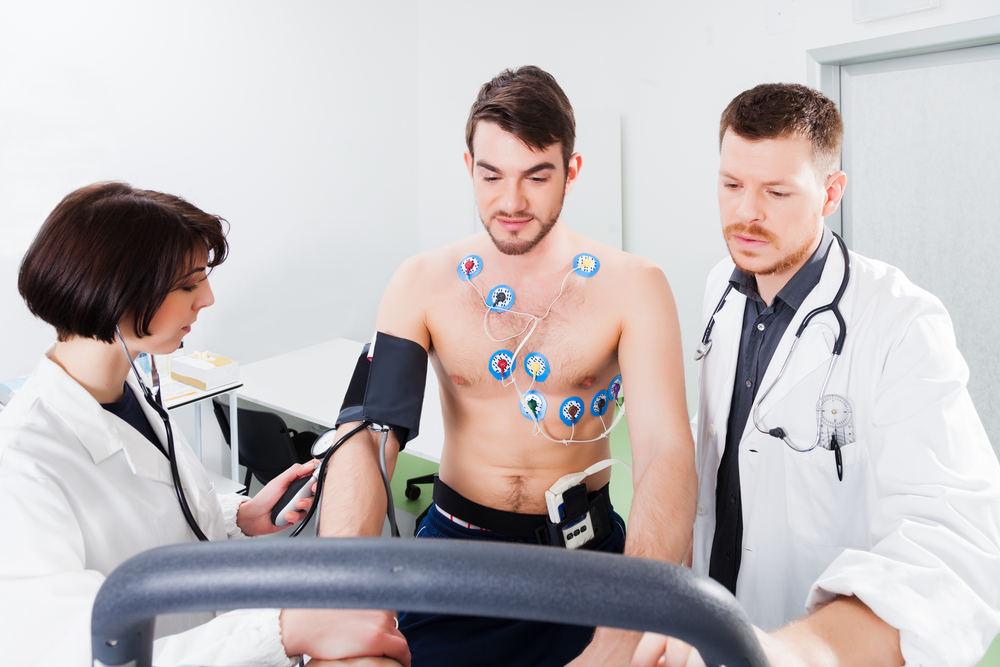A “Biomechanical Assessment” is performed whenever a client presents with a pain or injury that may be related to the movement, structure and mechanics of the lower limb.
The average person takes between 5,000 to 18,000 steps per day. This low-grade but repetitive motion can place stress on the foot, legs, pelvis and spine predisposing to pain and discomfort.

A case history will be taken to identify when or why the pain started and its progression thus far. We ascertain exactly where the pain originates and what structures are likely to be involved.
In order to manage your injury we complete the following procedures:
Assess the range of motion in the joints of the feet, and possibly the knees and hips. Muscle testing considers the strength and symmetry of muscle groups acting on the hips, knees and feet.
Postural assessment will assess such anomalies in shoulder and hip obliquity and torsion, leg length difference and basic foot and ankle stance position.
Gait assessment is an integral part of the assessment. Your podiatrist will study the way you walk or run to assess the efficiency of your gait pattern. Footwear history is also a consideration.
In order to understand your movement and prevent or manage injury, it is important to evaluate an individulas gait accurately.
- Do you have an underlying imbalance that is contributing to your foot, ankle, leg, knee, hip or back pain?
- As you start increasing your mileage – are you at risk of injury?
- Are you performing the right exercises to maximise your foot function and/or prevent injury?
- Do your shoes provide the right support?
- Do you have a chronic problem affecting the way you walk such as Osteoarthritis, a leg length difference or an artificial knee or hip?
Every year, we are contacted by many runners who have to defer their participation in races due to injuries sustained in the last couple of months of training. Our clients range from elite sports men and women from all sports to those who just perform for fun. Many of our clients have chronic problems which make everyday walking painful and difficult.
A routine check-up may identify problems before you develop an injury that could jeopardise your participation in your sport or activity.
If deemed clinically necessary, your podiatrist may also refer you for imaging (for example X-ray or ultrasound).
